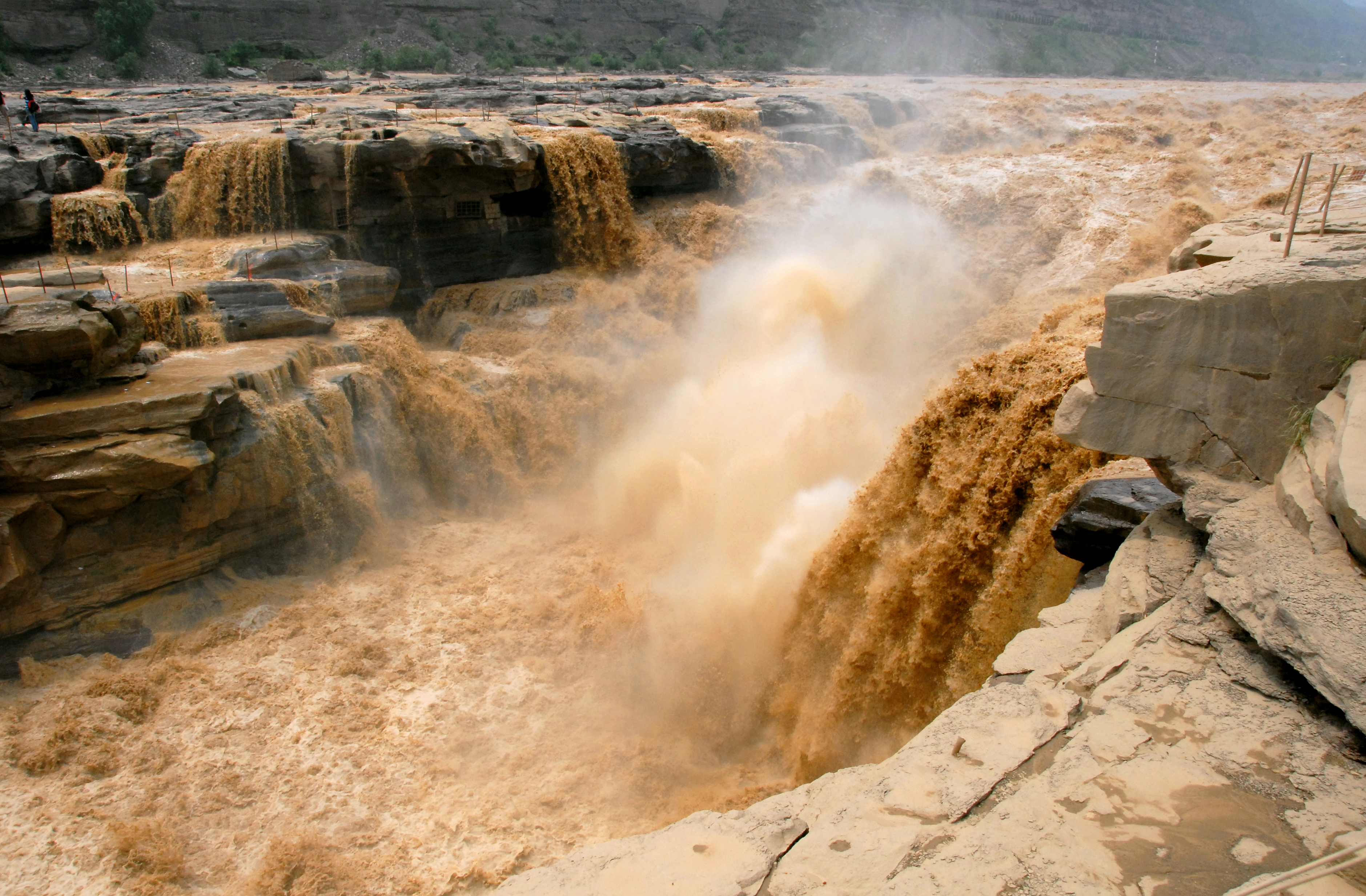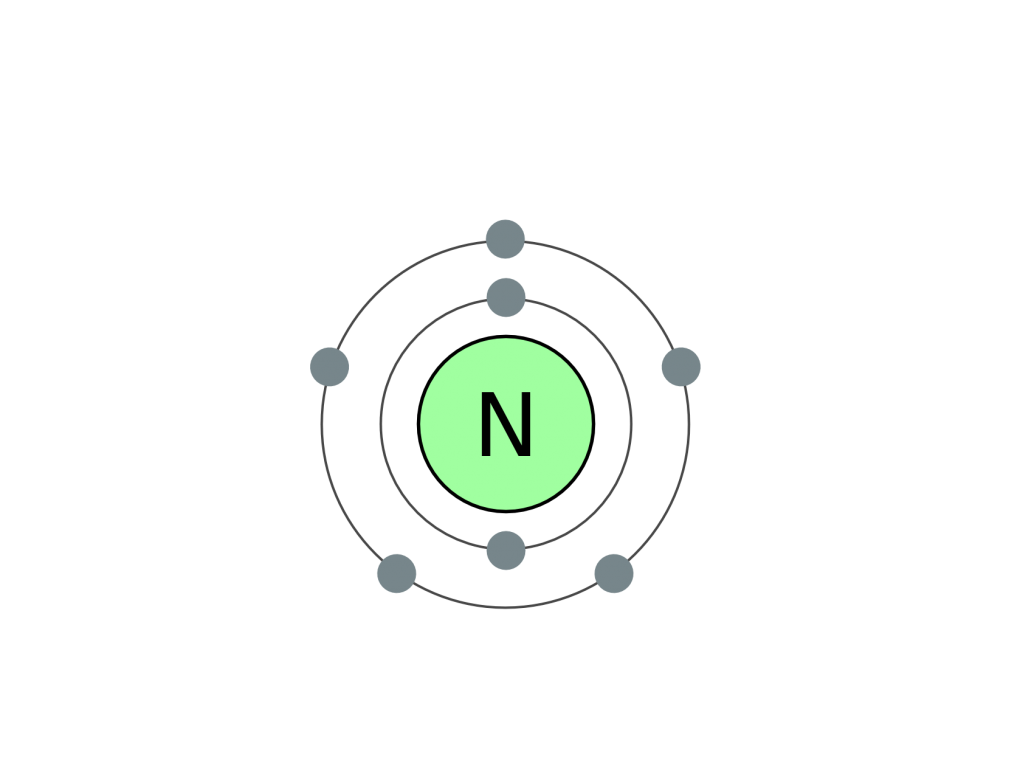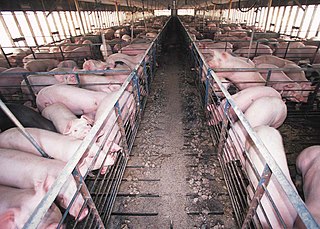“A simply presented, non-dogmatic guide to what’s wrong with today’s food systems and what can be done to change them”
The issue of environmental sustainability has hit the mainstream. Especially with the threat of climate change, attention is finally being paid (it seems) to how to sustain human lives with less negative impact on the environment. While everything that humans do has potential ramifications for sustainability—from the technologies we use to the fuels we burn to power them—it is our ways of feeding ourselves—our food systems—that has long concerned me. This introduction explains why it concerns me, and why I am writing this blog.
Some have argued that agriculture might be our “original sin” when it comes to environmental destruction. Sure enough, there are many examples where pre-modern forms of agriculture have compromised the health of soils, forests, and water sources. Compared with these pre-20th century agricultures, today’s farming systems are even more harmful: they’re mechanized, dependent on fossil fuels and chemical fertilizers and pesticides, and causing large scale impacts on waterways and existing natural ecologies. Food systems as a whole, if we follow them from “farm to fork”, have additional impacts, for example from long-distance transport, food processing, and food waste. These systems apparently are also not so great for humans: close to one billion people have diet related disease or are obese from eating unhealthy food, while another billion suffer malnutrition and starvation.
As I learned about the problems of food systems, I imagined seemingly obvious solutions. If using fossil fuels to send crops across national borders made no sense, why not grow food close by to where it’s consumed? If large scale, industrial agriculture was destroying waterways and soils, why don’t we grow food on small farms using organic techniques? These thoughts drove me to start a farm where I lived (Alemany Farm, in San Francisco) and to learn and teach the basics of how to grow fruits and vegetables in an environmentally sustainable way. From there my interest expanded, into academic studies, journalistic exploration, and policy-making. As we will see, it turns out solutions do exist—but are not necessarily so simple as I had once imagined!
This blog is intended as an academically supported, simply presented, non-dogmatic guide to what’s wrong with today’s food systems and what can be done to change them, for the better. Though environmentalism is a main concern, and one I know I share with many readers, I am equally concerned for the human element of food systems. How can we create food systems that are socially just in addition to environmentally viable over the long term? How do we satisfy the needs of consumers for healthy affordable food, and the needs of food producers for a dignified livelihood?
I’m writing this blog [1] because after years of both study of and involvement in changing food systems, I think the solutions are out there, and there are many others like me looking for them. Many of these people have written, filmed, or otherwise documented these solutions before me, and I’ve learned a lot from them. I hope this blog is a shortcut for you, to help you access the information and analysis on food systems available out there, without having to start your own research from scratch.
[1] And hopefully, eventually, short book. I plan to post the book, section by section, from start to finish, on this blog. It will be roughly 60 posts, and I plan to post 1-3 times per week.
You can navigate the available individual posts from the Guide from the sidebar, or by linking from the outline printed below. Only active posts will have links.
- Baseline Concepts
- Problems in Food Systems
- 1. Environmental Problems
- 2. Social Problems
- 3. What is preventing sustainability and justice?
- a. Is it corporate control?
- b. Or maybe industrialism?
- c. Or perhaps capitalism itself?
- d. Yes …but, #1) capitalism isn’t only root of harmful behavior
- e. And #2) not all economics is capitalist
- f. Solutions are likely to come from all possible locations of human agency: culture, economics, the household, the workplace, the public, government, etc
- 4. Thinking of alternatives within, against, and alongside existing food systems
- 5. Thinking through the lens of “food sovereignty”
- Solutions
- 1. Theories of change, conflict between theories, and the antidogmatist approach
- 1.1. Example: GMOs
- 1.2. Example: Meat
- 1.3. Example: Localism and globalization
- 1.4. The redistribution of surplus as key to judging productive enterprises
- 2. (Beyond profit) value production across all parts of the food system
- 2.1. Peasant farming, family farming, values-based farming
- 2.2. “The Commons”—through the story of Maine lobsters
- 2.3. Agroecology—science, movement, and practice
- 2.4. Regenerative agriculture, carbon farming, agroforestry, permaculture, and more!
- 2.5. Urban farms: a form of direct provisioning?
- 2.6. Distribution and processing opportunities
- 2.7. Fast food sovereignty, even?
- 2.8. Fair Trade (limitations and best models)
- 2.9. Nutrition education and reversing the loss of food cultures
- 2.10. “Upcycling” and reducing food waste streams
- 2.11. A return to subsistence agriculture?
- 2.12. The question of large versus small farms
- 2.13. Beyond the farm: thinking in whole systems
- 3. Social movements
- 3.1. From the personal to the global
- 3.2. “Micro”: your food habits in life
- 3.3. Community efforts
- 3.4. National efforts
- 3.5. International efforts
- 3.6. The importance of direct action and autonomy
- 3.7. Addressing land access and use
- 4. Social regulation
- 4.1. The role of education
- 4.2. Maintaining and honoring existing food and farm cultures
- 4.3. Creating new cultures of value for food
- 5. Political regulation at various levels (local, national, global)
- 5.1. Food sovereignty and agroecology at all levels
- 5.2. Local and subnational examples
- 5.3. National examples
- 5.4. Global examples
- 5.5. The need for greater democracy everywhere
- 5.6. The limits to democracy
- 1. Theories of change, conflict between theories, and the antidogmatist approach
- Problems within/with the solutions
- 1. Are movements of farmers and eaters necessarily democratic?
- 2. Racism in food movements
- 3. Classism in food movements
- 4. Gender challenges to food movements
- 5. Contesting theories of change failing to unite into cohesive movement
- 6. Is local necessarily better?
- 7. Can we really fight capitalism through enterprise and democracy?
- Conclusion




